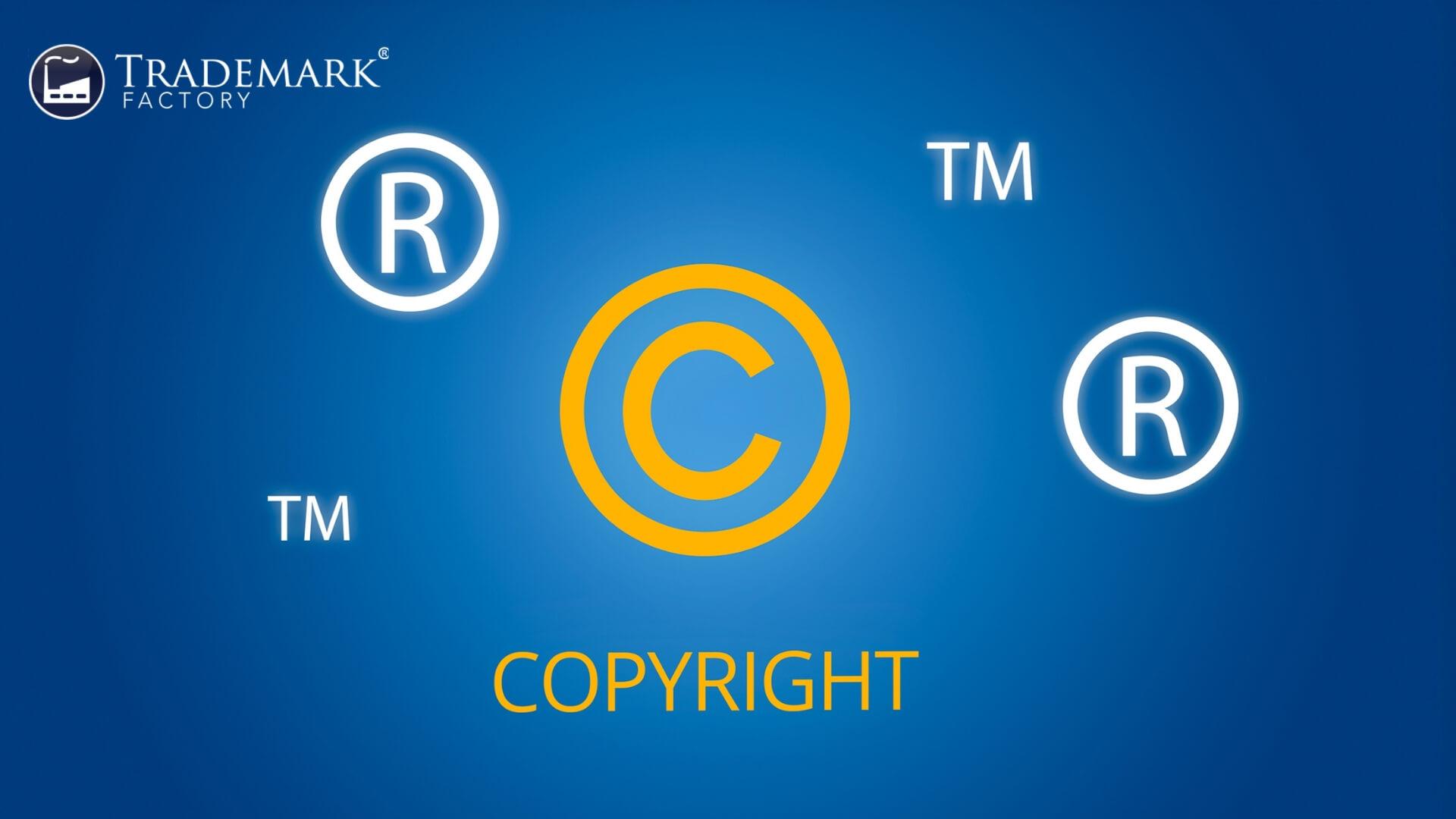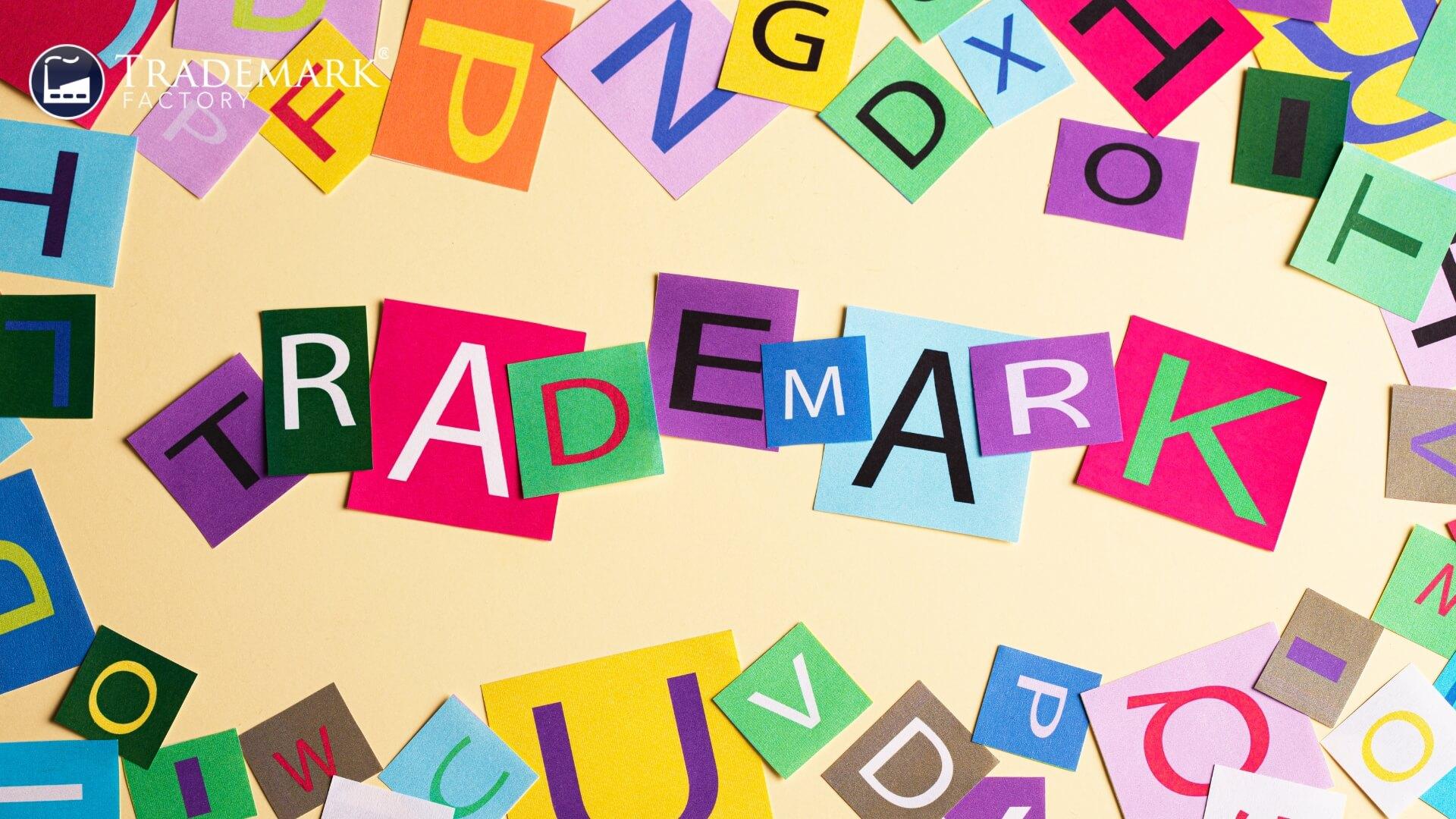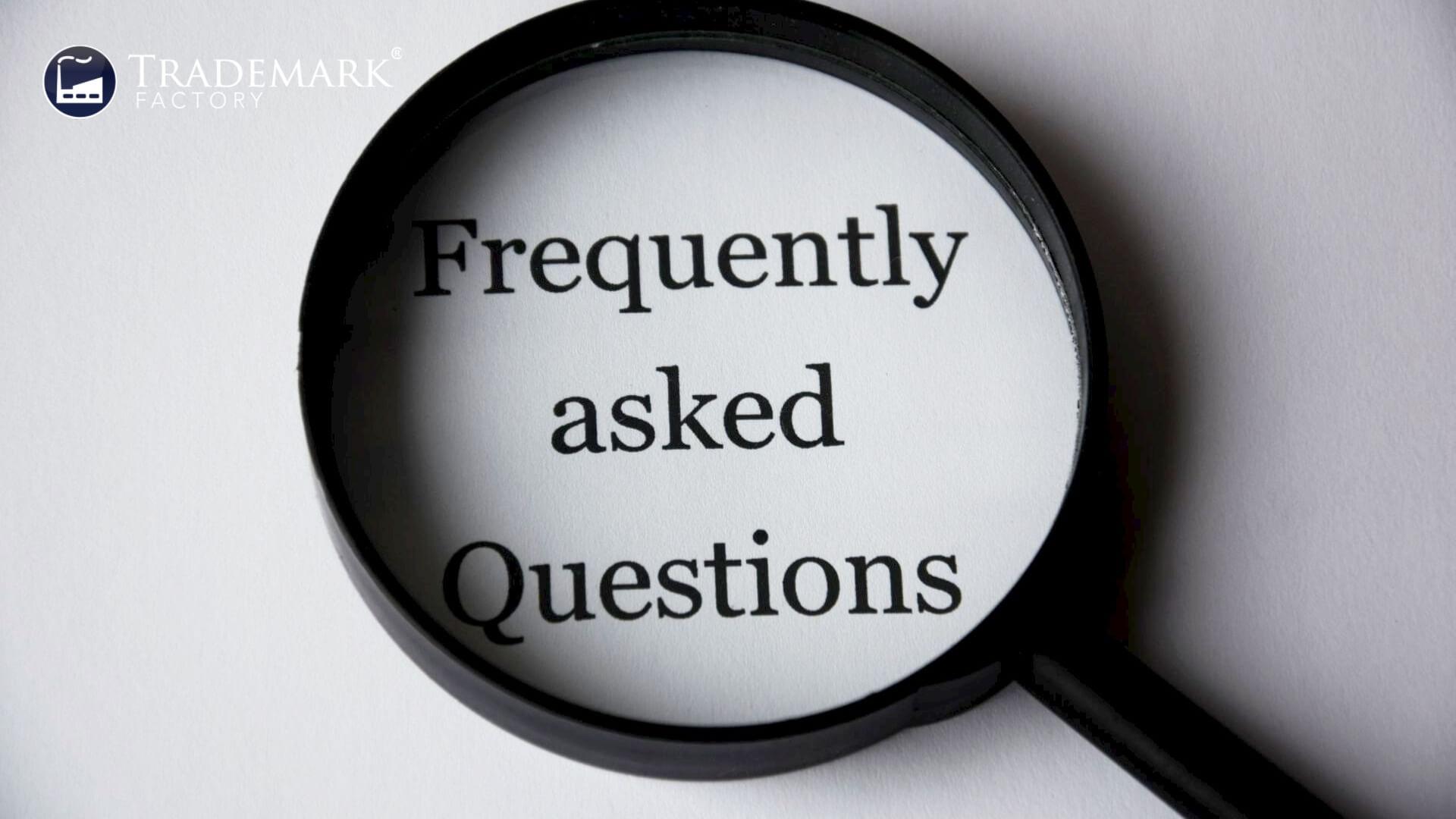Trademark Symbols Usage & Legal Protection

Introducing a trademark, trademark symbols serve a pivotal role in the realm of intellectual property, providing a means for businesses and individuals to protect their brand identity. These symbols signify ownership and exclusivity over a particular word, phrase, logo, or design associated with a product or service. The use of these symbols not only safeguards one's market presence but also fosters consumer trust by ensuring that the public can easily identify and associate specific products or services with their respective proprietors. Consequently, understanding trademark symbols is crucial for any entity seeking to establish or maintain its unique brand image within an increasingly competitive marketplace.
The various types of trademark symbols offer different levels of protection under the law and have distinct requirements for registration. Selecting the appropriate symbol to represent one's brand necessitates careful consideration of factors such as geographical reach, industry sector, and long-term business objectives. Furthermore, navigating the legal complexities surrounding trademark registration can prove challenging without proper guidance. This article will delve into the importance of defining trademarks for trademark symbols in branding efforts while elucidating distinctions between different types of trademarks available. Additionally, it aims to provide practical advice on selecting suitable trademark symbols for one's brand and address common misconceptions related to this critical aspect of intellectual property protection.
Introduction to Trademark Symbols

In the realm of brand recognition and protection, certain distinctive indicators play a crucial role in asserting ownership and preventing unauthorized usage. These indicators, known as trademark symbols, have evolved over time to address infringement cases, parody usage, cultural impact, and even unconventional trademarks. Various types of these symbols exist, each with its own unique purpose and application within the world of intellectual property rights. Trademark symbols not only protect legal rights but also create an essential link between consumers and brands by instilling a sense of trust and loyalty in their products or services. As we delve into the importance of trademark symbols in branding, it becomes evident that these markers are indispensable assets for businesses seeking to establish a strong presence in their respective markets.
The Importance of Trademark Symbols in Branding
The strategic implementation of distinctive insignias plays a crucial role in establishing and enhancing brand identity, fostering consumer trust, and ultimately driving customer loyalty. 1) Brand Recognition: Trademark symbols in branding allow businesses to differentiate themselves from competitors by creating unique visuals that resonate with the target audience, setting the stage for effective symbol evolution as they adapt to changing markets and trends. 2) Infringement Consequences: Registering a trademark protects companies from unauthorized usage of their intellectual property, ensuring that potential abuses are met with legal recourse, preserving brand integrity and maintaining customer confidence. 3) Parody Protection & Coexistence Agreements: Navigating the nuanced world of parody protection allows brands to maintain control over their image while also granting allowances for creative expression; coexistence agreements enable competing companies with similar marks to operate harmoniously within the same industry without diminishing each other's reputation or market share. As we delve further into this topic, it is essential to grasp the various types of trademark symbols and their specific roles in safeguarding a company's assets and bolstering its public perception.
Understanding the Different Types of Trademark Symbols

Comprehending the distinctions among various types of proprietary insignias is crucial for both businesses and consumers, as it facilitates informed decision-making and fosters a deeper understanding of intellectual property rights. Trademark infringement can occur when one party uses a mark that is confusingly similar to another's trademark, leading to consumer confusion and potential legal disputes. Types of trademark symbols' evolution has led to the differentiation between the TM, SM, and ® symbols, which represent unregistered trademarks for goods, unregistered service marks for services, and registered trademarks respectively. Iconic trademarks serve as memorable identifiers that distinguish products or services from those of competitors while providing assurance of quality. Counterfeit prevention is facilitated by these symbols' proper usage since they signal legitimate ownership of intellectual property rights; conversely, misuse can lead to fines or penalties in some jurisdictions. Symbol design plays an important role in conveying the symbol's function while remaining visually appealing. Consequently, recognizing each symbol's purpose will allow businesses to select the appropriate protection mechanism for their brand identity before transitioning into exploring ways to choose the right trademark symbol for their specific needs.
How to Choose the Right Trademark Symbol for Your Brand

Selecting the appropriate proprietary insignia for a brand requires careful consideration of various factors, ensuring optimal protection and recognition in the competitive marketplace. Choosing a trademark symbol should prioritize brand differentiation, as well as seamless logo incorporation to create a cohesive and memorable visual identity. Bearing in mind potential use of unregistered trademarks, businesses must be cautious not to infringe upon existing marks that could lead to legal disputes or consumer confusion. Furthermore, considering industry-specific symbols can help solidify a brand's position within its particular market sector by appealing to target audiences' subconscious desire for belonging. Ultimately, making an informed decision on trademark symbols will provide the foundation for exploring the legal protection of these identifiers in order to safeguard one's intellectual property assets effectively.
The Legal Protection of Trademark Symbols

Navigating the complexities of intellectual property law is crucial when it comes to safeguarding the proprietary insignia associated with a brand, ensuring its uniqueness and recognition in an ever-evolving business landscape. The strategic deployment of trademark symbols legal protection plays an essential role in preempting potential symbol infringement, reducing the likelihood of costly trademark litigation, and bolstering counterfeit prevention measures. By leveraging intellectual property rights granted by registering trademarks, businesses can create robust brand protection strategies that reinforce their market position while fostering consumer confidence. As such, understanding how to effectively utilize these legal tools not only safeguards one's own creative work but also cultivates a sense of belonging within the industry ecosystem. This foundation sets the stage for delving into trademark symbol usage guidelines, paving the way for informed decision-making and compliance with relevant laws and regulations.
Trademark Symbol Usage Guidelines

Adhering to appropriate usage guidelines for proprietary insignia is imperative in order to maintain compliance with relevant laws and regulations, while also ensuring the effectiveness of brand protection strategies. Trademark symbol guidelines' relies on proper symbol placement, which typically includes positioning the trademark symbol (® for registered marks, ™ for unregistered marks) adjacent to the upper right corner of the mark or logo. Additionally, it is crucial to use these symbols consistently and judiciously throughout various forms of communication and marketing materials. In order to avoid conflicts between brands with similar trademarks, coexistence agreements are frequently negotiated that outline each party's rights and obligations related to their respective marks. Failure to adhere to these guidelines may result in infringement consequences such as legal action, financial penalties, or reputational damage. Furthermore, it is important that unregistered marks are not misrepresented as registered trademarks by using the ® symbol when only a ™ should be used; doing so can lead to severe legal implications. As businesses continue evolving into digital spaces, understanding how trademark symbols function within online environments serves as an essential component of effective brand management strategies.
Trademark Symbols in Digital Marketing

In the realm of trademark symbols digital marketing, understanding the intricacies of utilizing proprietary insignia effectively can significantly enhance brand visibility and protection while navigating the ever-evolving online landscape. Recognizing the potential risks associated with digital infringement, it is crucial for marketers to deploy appropriate symbol design in their campaigns to deter unauthorized use of their intellectual property. Familiarity with both registered and unregistered marks allows for a more comprehensive approach to asserting rights over one's brand identity in the digital sphere. In addition, proactively monitoring and pursuing online enforcement measures against infringers can bolster a company's reputation as well as help avoid costly trademark litigation down the line. Ultimately, mastering these aspects of trademark symbols in digital marketing not only safeguards a business's intellectual property but also fosters an environment where consumers can easily distinguish between authentic products and services from competitors or counterfeiters, leading seamlessly into the discussion on the role of trademark symbols in preventing brand confusion.
The Role of Trademark Symbols in Preventing Brand Confusion

Effectively employing proprietary insignia plays a crucial role in mitigating brand confusion, ensuring that consumers can accurately identify and differentiate between similar products or services in a saturated market. A well-defined trademark strategy encompasses several key elements to prevent brand dilution and maintain a strong identity:
- Logo Evolution: Regularly updating and refining the company's logo to remain current, fresh, and easily recognizable by customers.
- Color Psychology: Harnessing the power of color associations in branding to create a unique visual identity that resonates with target audiences.
- Naming Strategies: Developing distinctive names for products or services that reflect the essence of the brand while avoiding generic terms or direct similarities with competitors.
- Slogan Creation: Crafting memorable taglines that emphasize the unique selling points of the brand and help distinguish it from others in the same industry.
- Legal Protection: Registering trademarks to secure exclusive rights over essential brand elements, preventing unauthorized use by competitors.
By addressing these aspects within their branding strategies, businesses can effectively reduce instances of customer trademark symbols brand confusion and misidentification. This not only safeguards their intellectual property but also fosters customer loyalty by providing clear signals of product quality and consistency. Thus, trademark symbols serve as valuable tools for navigating complex international markets where varying cultural contexts may further exacerbate potential misunderstandings among consumers.
Trademark Symbols in International Business

Navigating the complexities of trademark symbols in international business requires a thorough understanding of the diverse implications and usage of proprietary insignia across various jurisdictions. Global infringement, counterfeit products, licensing agreements, cultural considerations, and intellectual property laws all play a critical role in shaping an organization's approach to trademark symbols on an international scale. To provide insight into these factors, consider the following table comparing some key aspects of trademark law across different countries:
Jurisdiction
Recognized Trademark Symbols
Protection Against Counterfeit Products
Licensing Agreement Regulations
Cultural Considerations
United States
™ (unregistered), ® (registered)
Federal and state laws regulate counterfeiting
Must be registered with USPTO
Requires distinctiveness for registration
European Union
™ (unregistered), ® (registered)
_EU regulations protect against counterfeiting_
_Must comply with EU competition rules_
_Cultural symbols subject to refusal for protection_
China
_™ (unregistered), ® (registered)_
_Strict anti-counterfeiting measures in place_
_Registration required with CNIPA_
_Cultural sensitivity required; unique characters favored_
India
™ (unregistered), ® (registered)_
Strong legal framework against counterfeits
_Licensing agreement must be registered with relevant authorities_
Requires distinctiveness and non-offensive representation
By comprehending the intricacies of trademark symbol usage in different regions, businesses can effectively safeguard their brands from unauthorized imitation while adhering to cultural norms. In order to successfully navigate this complex landscape, it is crucial to understand how to register a trademark symbol within each jurisdiction.
How to Register a Trademark Symbol

Securing a registered insignia within each jurisdiction is vital for businesses aiming to protect their brand assets and uphold their reputation in the global marketplace. The register trademark symbol process entails multiple stages, including conducting thorough research to ensure uniqueness, filing an application with the relevant trademark office, and responding to potential objections or oppositions. Throughout this journey, cost considerations must be taken into account as fees can vary depending on factors such as geographical coverage and class of goods/services. It is crucial for applicants to be aware of common application mistakes, such as incorrect classification or inadequate descriptions, which may lead to delays or rejections. Overcoming registration objections may involve providing additional evidence or amending the application; hence legal expertise could prove beneficial in navigating these hurdles. While protecting unregistered marks remains possible through common law rights or unfair competition laws, registering a trademark provides stronger protection and enforceability against infringers. Understanding this complex landscape paves the way for debunking common misconceptions about trademark symbols in the next section.
Common Misconceptions About Trademark Symbols

Dispelling prevalent misunderstandings surrounding the use of proprietary insignia is crucial for promoting lawful and informed practices in brand protection efforts. Trademark myths often lead to symbol misuse, registration misconceptions, and a lack of awareness regarding infringement consequences. By debunking these trademark symbol misconceptions, businesses can better protect their valuable intellectual property assets and avoid potential legal disputes. Some common misunderstandings include believing that any symbol or logo can be trademarked without proper registration, thinking that owning a domain name automatically grants trademark rights, or assuming that international trademarks are universally protected across all countries. It is essential for business owners to understand the distinction between various types of intellectual property protections and adhere to appropriate guidelines when using trademark symbols. This knowledge not only fosters responsible corporate behavior but also contributes to fostering a sense of belonging within communities where businesses operate. With these misconceptions debunked, it becomes easier for companies to navigate complex legal frameworks surrounding trademarks while maintaining their unique brand identity in competitive markets, ultimately leading into the concluding discussion on this topic.
Conclusion

In conclusion, understanding the intricacies of intellectual property protection and proper usage of proprietary insignia is crucial for businesses to safeguard their brand identity and avoid potential legal disputes in an increasingly competitive market landscape. By delving deeper into trademark enforcement strategies, companies can significantly reduce the risk of symbol infringement and ensure that their intellectual property rights are adequately protected. Additionally, being aware of the counterfeiting consequences associated with improper trademark usage helps businesses take necessary preventative measures for maintaining a strong brand reputation. Finally, recognizing the registration benefits associated with securing trademarks enables organizations to maximize their reach and influence while simultaneously reinforcing their unique value proposition in today's dynamic business world.
- Trademark enforcement: Proactively protecting your brand from unauthorized use or imitation by enforcing your intellectual property rights.
- Counterfeiting consequences: Understanding the negative impact that counterfeit goods can have on your brand reputation and taking steps to prevent and address this issue.
- Registration benefits: Recognizing the advantages provided through trademark registration, such as exclusive rights to use the mark within a specific territory and legal support against infringements.
Frequently Asked Questions

How do trademark symbols affect consumer perception and trust in a brand?
The interplay between brand perception and consumer trust is a critical aspect of marketing strategies, with symbol significance and trademark importance serving as key factors in shaping these perceptions. Trademark symbols not only provide legal ramifications, protecting the intellectual property of a company, but also signal credibility and reliability to consumers. The presence of such symbols may influence consumer behavior by fostering a sense of belonging and eliciting positive emotional responses. Thus, understanding the role of trademark symbols in building consumer trust is essential for businesses seeking to enhance their overall brand image and strengthen customer loyalty.
Can multiple brands use the same trademark symbol, and if so, under what circumstances?
Trademark disputes often arise when multiple brands attempt to use the same symbol, leading to potential symbol infringement and confusion among consumers. In certain circumstances, distinct brands may receive permission to utilize identical or similar symbols under international trademarks; however, this typically occurs only if the goods or services offered by each brand are markedly different and would not result in consumer confusion regarding brand recognition. To avoid such conflicts and ensure exclusive rights to a particular symbol, brands should prioritize symbol registration within their respective jurisdictions, thereby fostering trust and loyalty among their target audience who seek a sense of belonging through association with reputable and easily identifiable entities.
Are there any industries or sectors where the use of trademark symbols is more significant or regulated more strictly?
Trademark enforcement in various industries and sectors often depends on the stringency of regulations and the extent to which symbols are considered crucial for brand identity. The registration process involves an evaluation of symbol variations, ensuring that trademarks remain distinctive and easily identifiable in their respective markets. Industries such as pharmaceuticals, luxury goods, and technology experience heightened scrutiny due to the potential risks associated with counterfeit products or intellectual property theft. International trademarks further complicate matters as businesses must navigate diverse legal frameworks while avoiding infringement consequences. Consequently, robust enforcement measures within these sectors serve not only to protect individual companies but also contribute to fostering a sense of trust and belonging among consumers who rely on accurate representation when making purchasing decisions.
How do trademark symbols help protect intellectual property in the online world, especially with the rise of e-commerce and counterfeit products?
In the digital era, online infringement has become a pressing concern for businesses as the rise of e-commerce and counterfeit products exacerbates intellectual theft. Trademark enforcement plays a crucial role in safeguarding businesses' valuable assets and maintaining consumer trust. Symbol registration serves as an essential component in combating global counterfeiting by providing legal protection and facilitating swift action against infringers. Through proper display of registered trademarks, businesses can deter potential violations, establish ownership rights over their intellectual property, and create a sense of belonging among consumers who value authentic products and services. Consequently, trademark symbols have emerged as indispensable tools for bolstering intellectual property protection in an increasingly interconnected world marked by rampant counterfeiting challenges.
What steps should be taken if a business discovers that another company is using a similar or identical trademark symbol without permission?
Upon discovering that another company is utilizing a similar or identical trademark without permission, businesses should promptly address the issue to prevent further trademark infringement. The first step typically involves sending a cease and desist letter to the offending party, requesting that they immediately stop using the infringing mark. If this fails to resolve the matter, legal remedies can be pursued through litigation in order to seek monetary damages and an injunction against further use of the infringing symbol. Alternatively, parties may opt for dispute resolution methods such as mediation or arbitration as a more cost-effective means of reaching an agreement. In some cases, negotiating licensing agreements with the infringing party may result in mutually beneficial arrangements where both entities can legally utilize the trademark under agreed-upon terms and conditions.
Conclusion

In conclusion, trademark symbols play a crucial role in protecting intellectual property and distinguishing brands in the competitive market landscape. Utilizing the appropriate symbol not only reinforces brand identity, but also ensures legal protection against unauthorized use of logos or names.
Additionally, understanding international regulations and registration processes is imperative for businesses expanding globally. By dispelling common misconceptions about trademark symbols, organizations can make informed decisions to safeguard their unique branding assets effectively.
Subscribe to Trademark Wednesdays, our weekly newsletter where we'll send fun and informative trademarking topics straight to your inbox.





